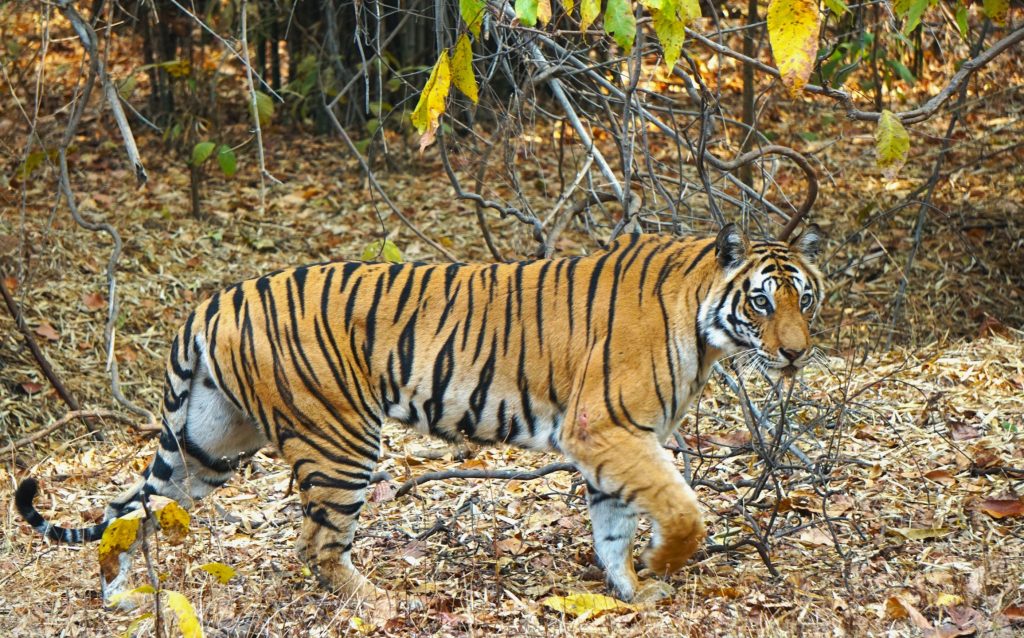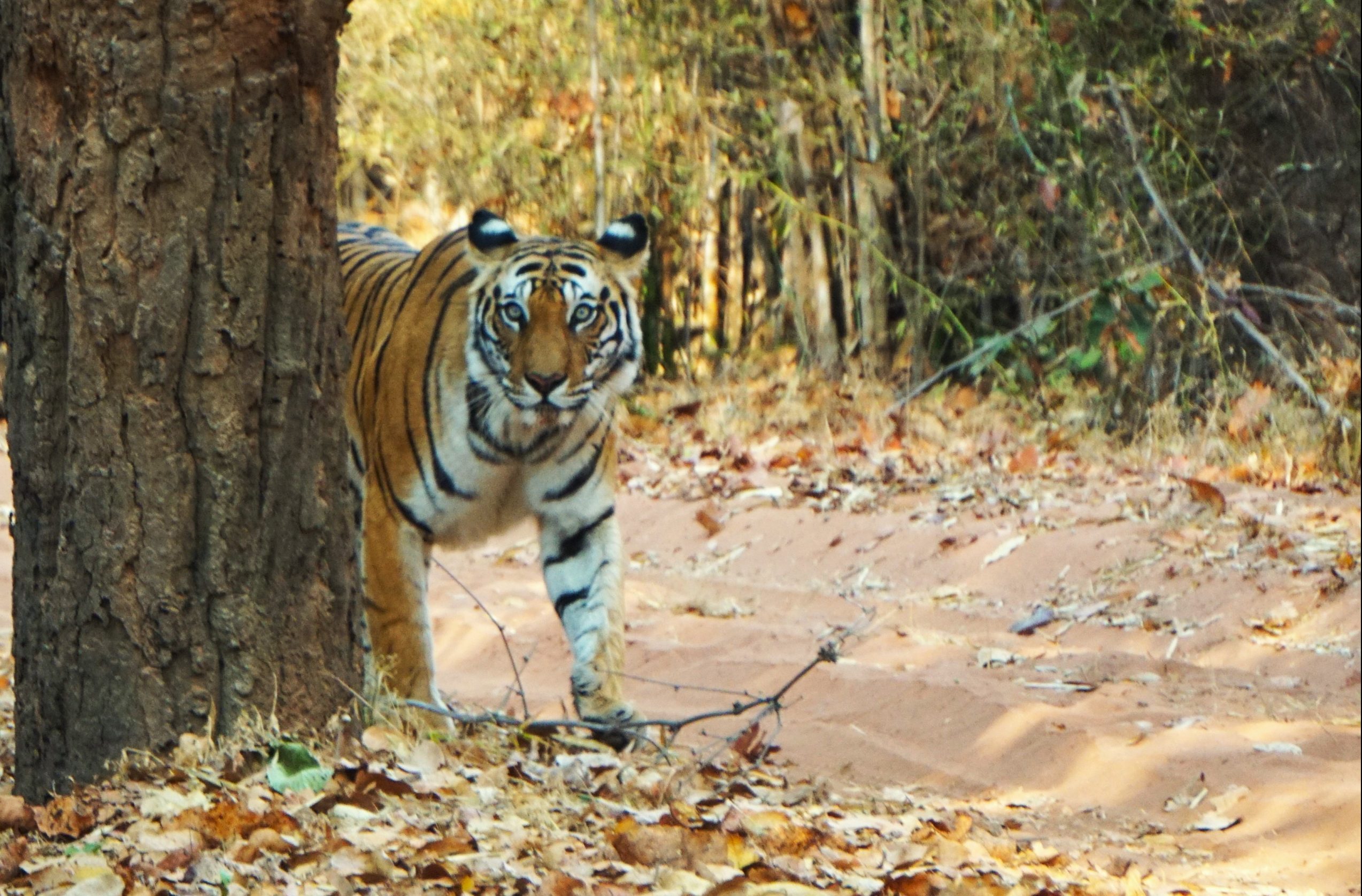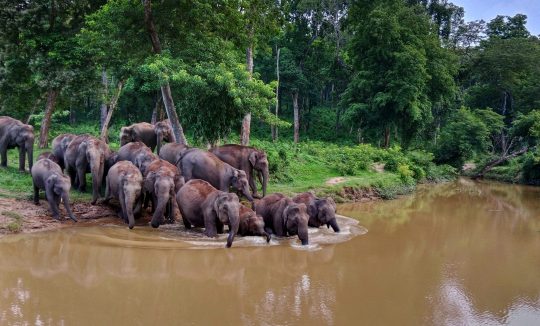Project Info
Project Description
With 70% of the global tiger population residing in India, maintaining landscape connectivity is crucial for tiger conservation, as the movement of tigers beyond existing reserves is essential for preserving the genetic diversity of the broader population. Among India’s key tiger habitats, the Central-Indian region, which forms the geographical core of the country, supports about 37% of the nation’s tiger population. This region has been identified as an area of global priority for tiger conservation.
Spread across Madhya Pradesh, Maharashtra, and Chhattisgarh, the Central Indian landscape comprises 14 protected areas, spanning an area of approximately 152,000 square kilometres. This diverse landscape not only supports a wide range of flora and fauna but also serves as the source of important rivers, ensuring water security for millions of people.
Unfortunately, the Central Indian landscape faces numerous challenges. The region is ecologically and socially vulnerable, with forests that not only support wildlife and indigenous populations but also hold valuable coal and mineral deposits. Development projects, including mining, road and railway construction, and reservoir building, further threaten the already fragmented landscape. If these development projects continue without appropriate measures, the Central Indian Landscape could experience a significant decline in genetic diversity, estimated to be as high as 50%. Therefore, it is crucial to take immediate steps to maintain the functional connectivity of the landscape and ensure the long-term survival of tiger populations.
The Central India Tiger Corridor Project primarily focuses on tiger populations in the central and northern parts of the landscape. The central Vidarbha tiger region includes five tiger reserves, namely Pench, Tadoba-Andhari, Melghat, Bor, and Nawegaon-Nagzira, sustaining approximately 200 tigers. The northern Vindhayan hills region encompasses Bandhavgarh-Sanjay Tiger Reserves, Guru Ghasidas National Park, and other protected areas, supporting around 150 tigers.
For nearly a decade, the Wildlife Trust of India has been actively working in Nagzira-Nawegaon, Tadoba-Andhari Tiger Reserves, and Tipeshwar Wildlife Sanctuary, successfully mitigating human-tiger conflicts and facilitating safer tiger corridors. The plan moving forward is to expand our initiatives and address key threats in the tiger corridors of the Bandhavgarh-Sanjay Dubri Tiger Reserve landscape.

Tiger in Bandhavgarh Tiger Reserve | Photograph by Kapil Chauhan/WTI
To achieve our goals, our focus is on various interventions, including, mobilization of local community support, empowering communities to reduce forest dependency and manage conflicts, and improving the technical capacity of the forest department for better enforcement against wildlife crime. This will further be strengthened by identifying and addressing threats in bottlenecks of the corridors through various ground truthing surveys, developing corridor management plans, and collaborations with local grassroots organizations known as Green Corridor Champions (GCC).
By focusing on maintaining and enhancing connectivity between tiger populations, our project goes beyond increasing tiger numbers and aims to ensure the viability of landscapes and habitats outside protected areas. Our project aligns with the efforts of the National Tiger Conservation Authority’s (NTCA) expanded conservation strategy that recognizes the importance of linkages and potential tiger habitats beyond tiger reserves.
Join us in safeguarding the Central Indian tiger landscape and securing a future for these magnificent creatures. Together, we can make a difference in tiger conservation and create a harmonious coexistence between wildlife and communities.
PARTNERS: IFAW, Re:wild, State Forest Department
PROJECT LEAD: Upasana Ganguly












